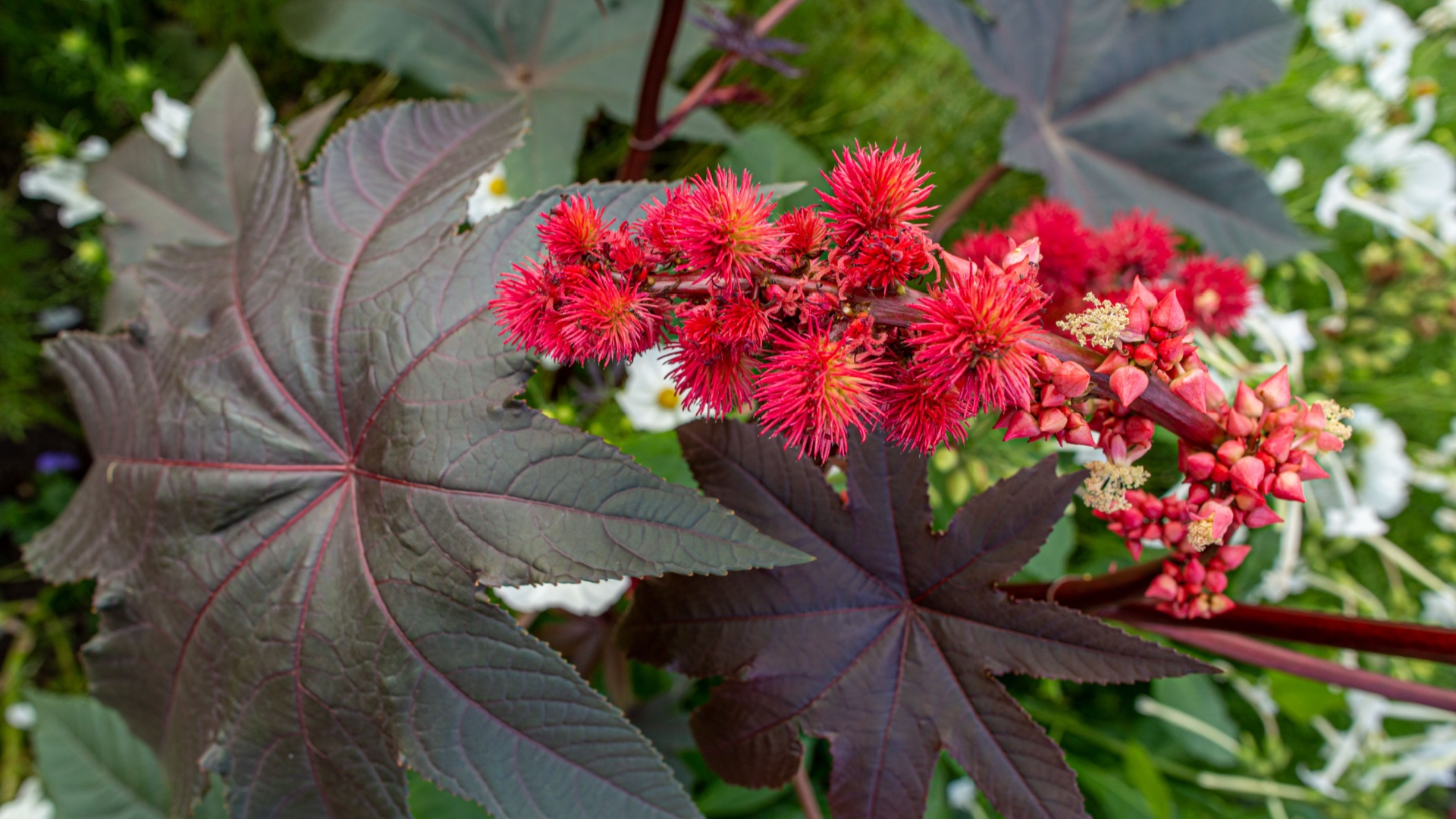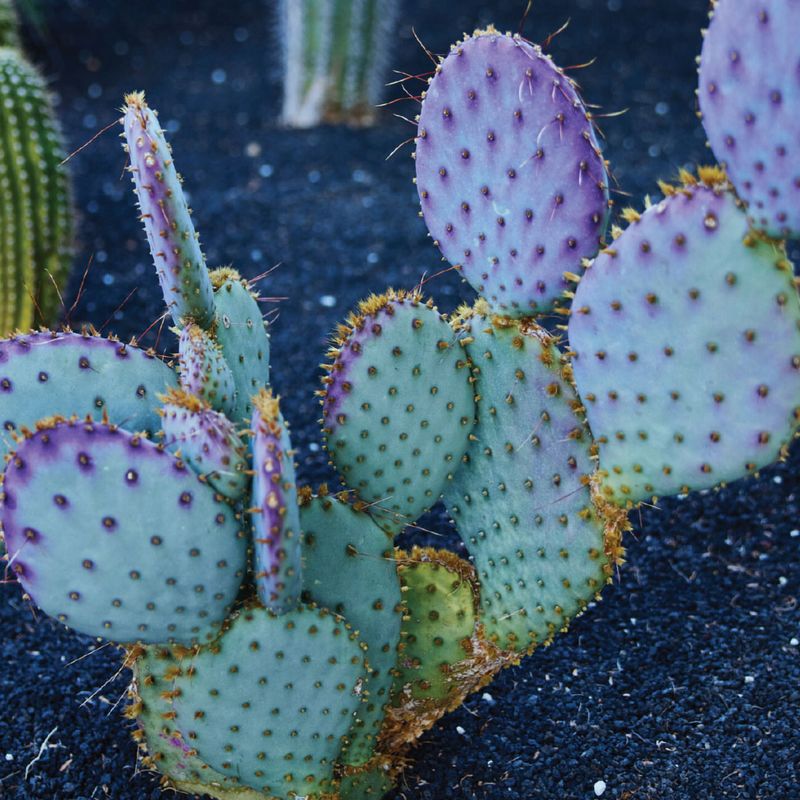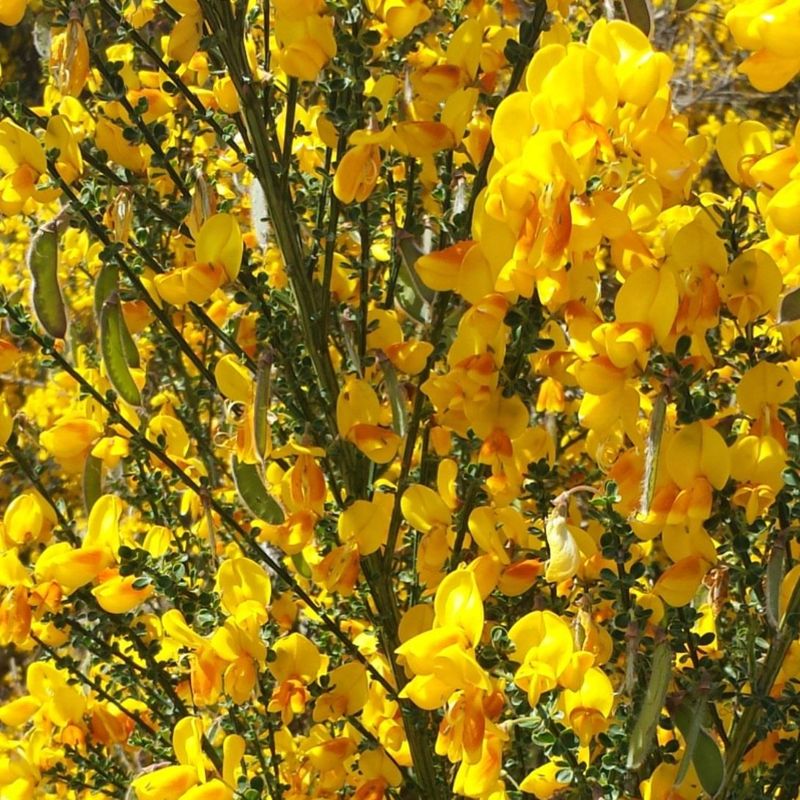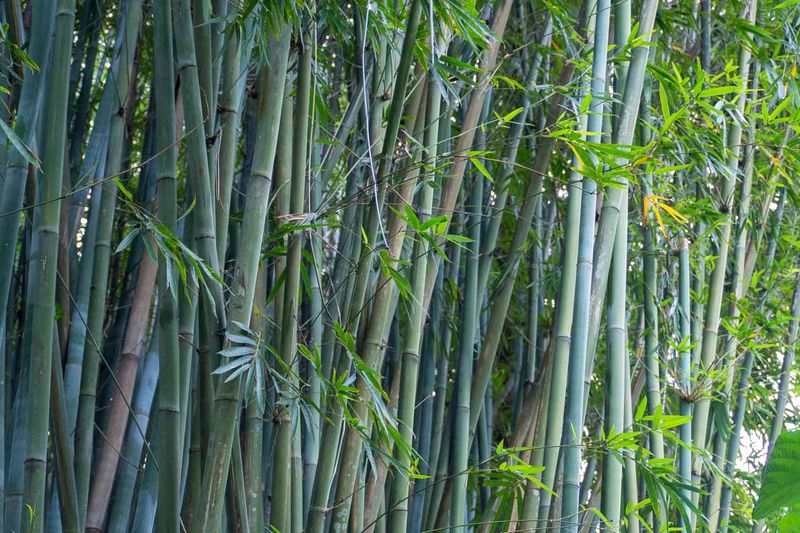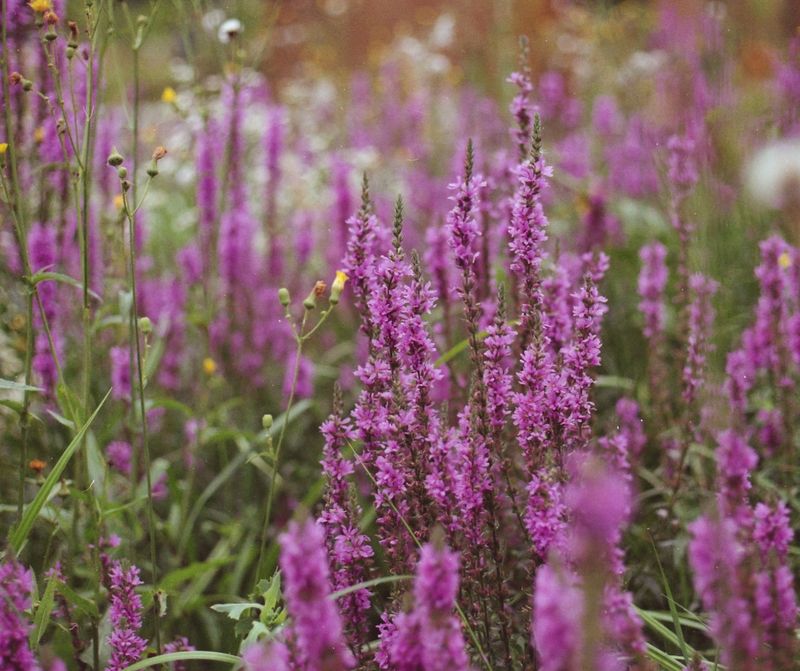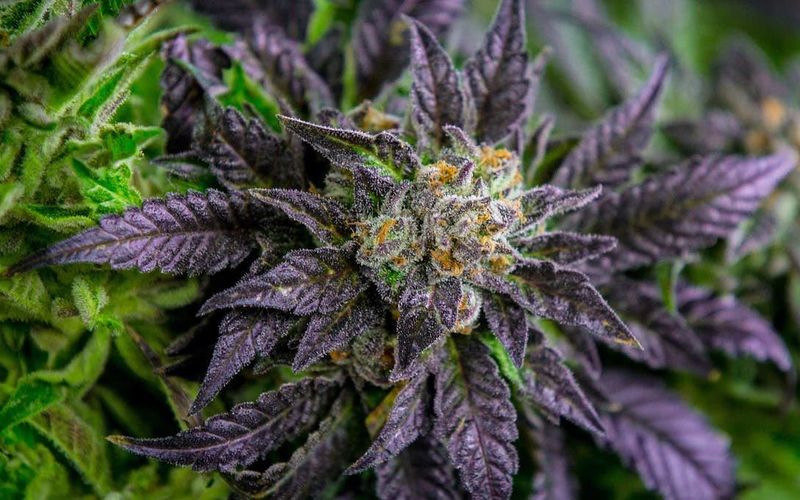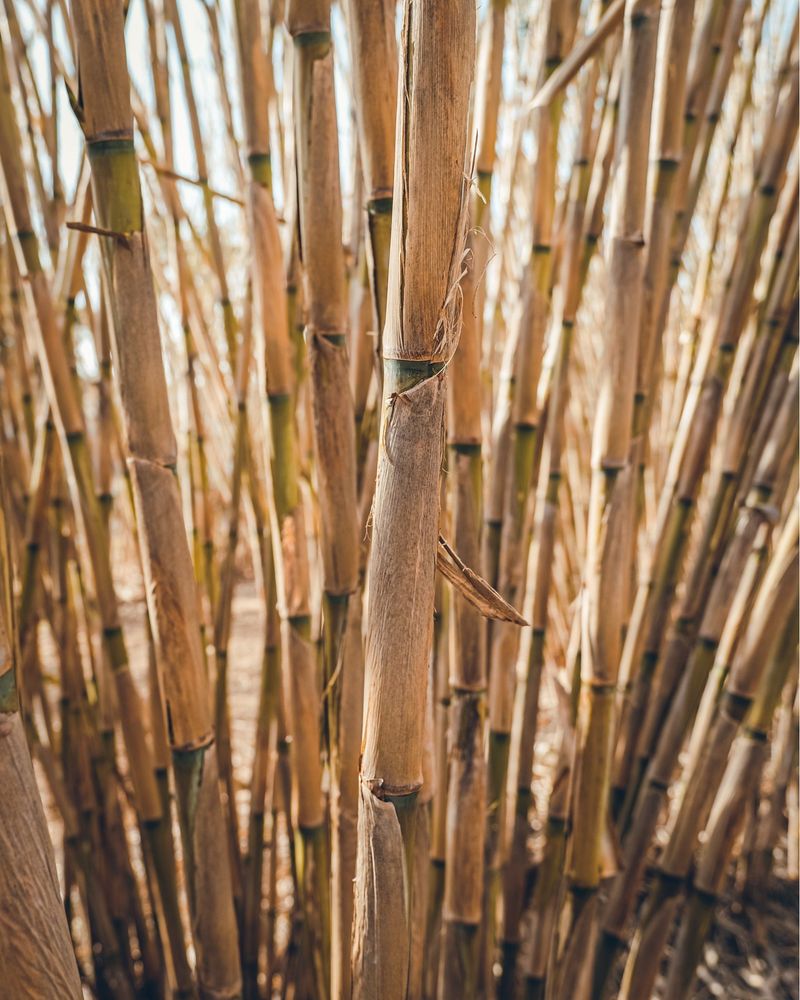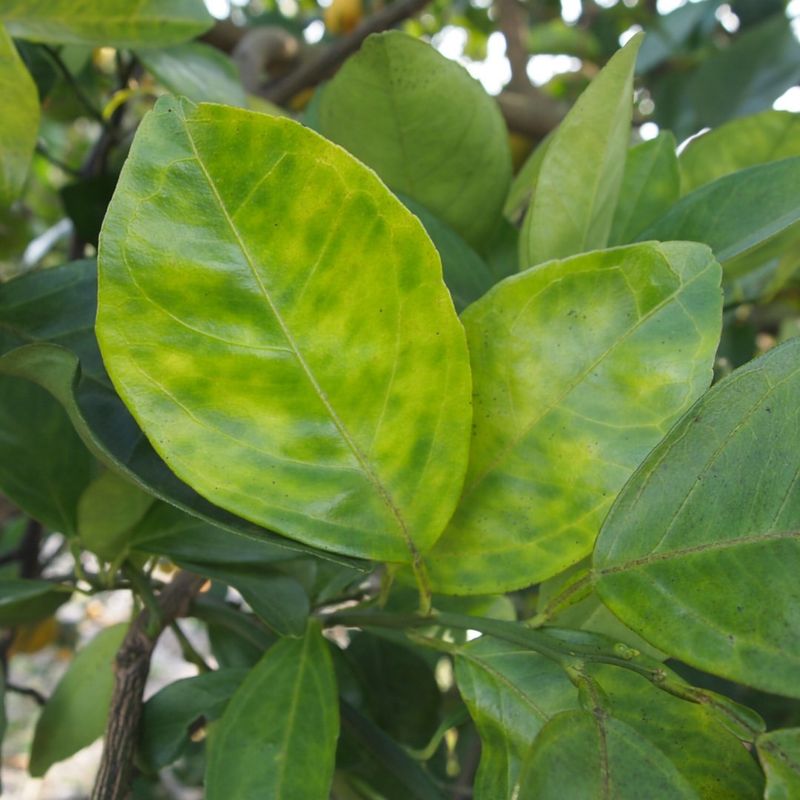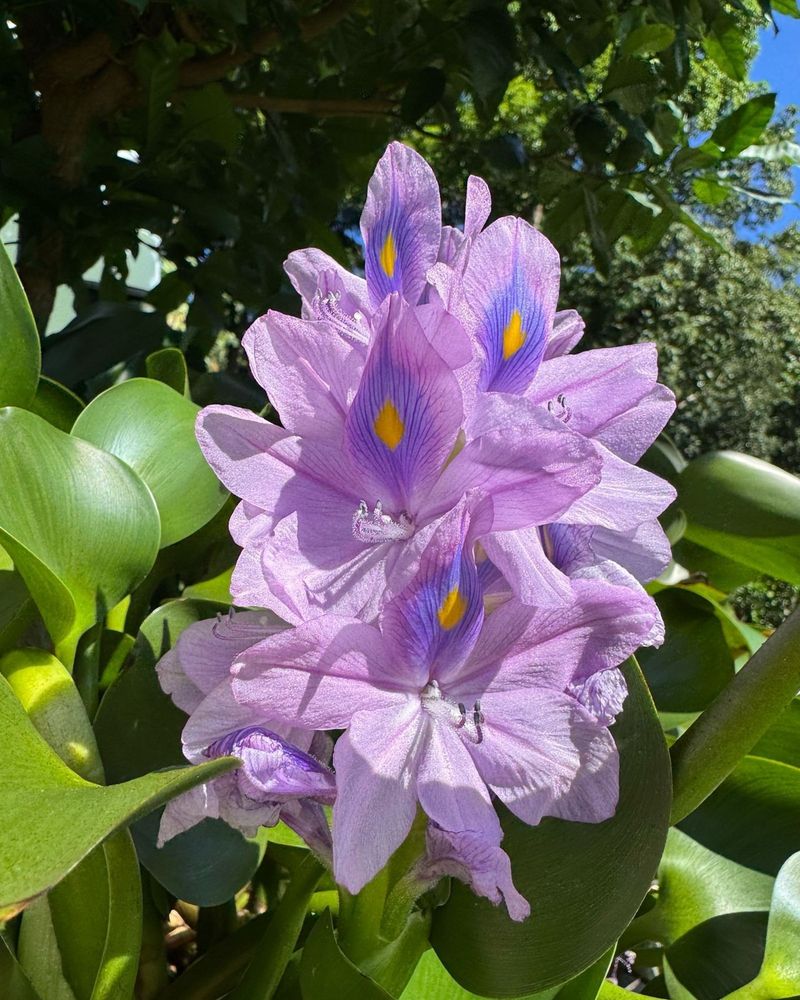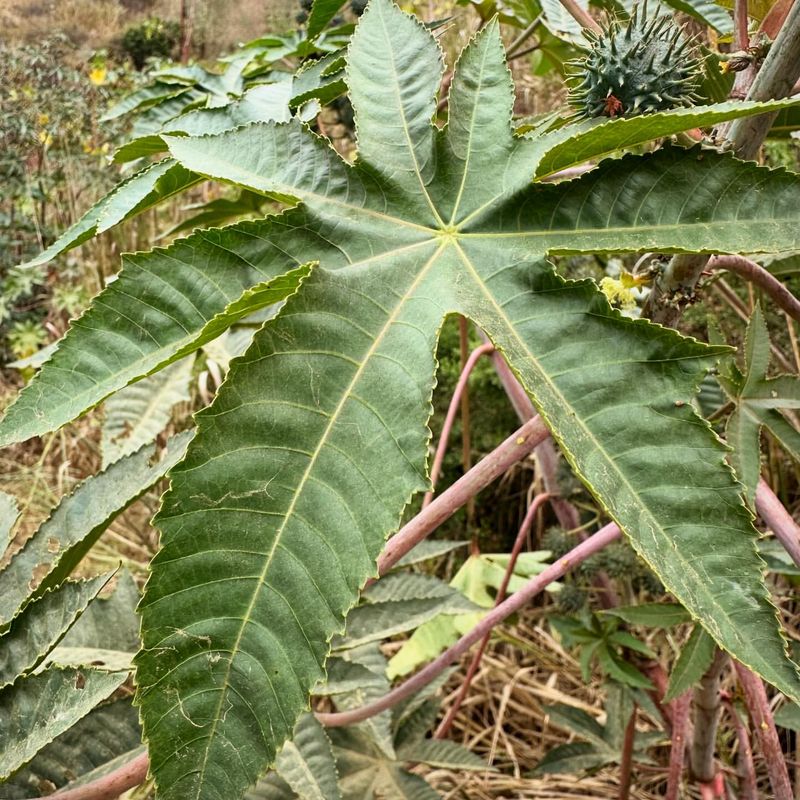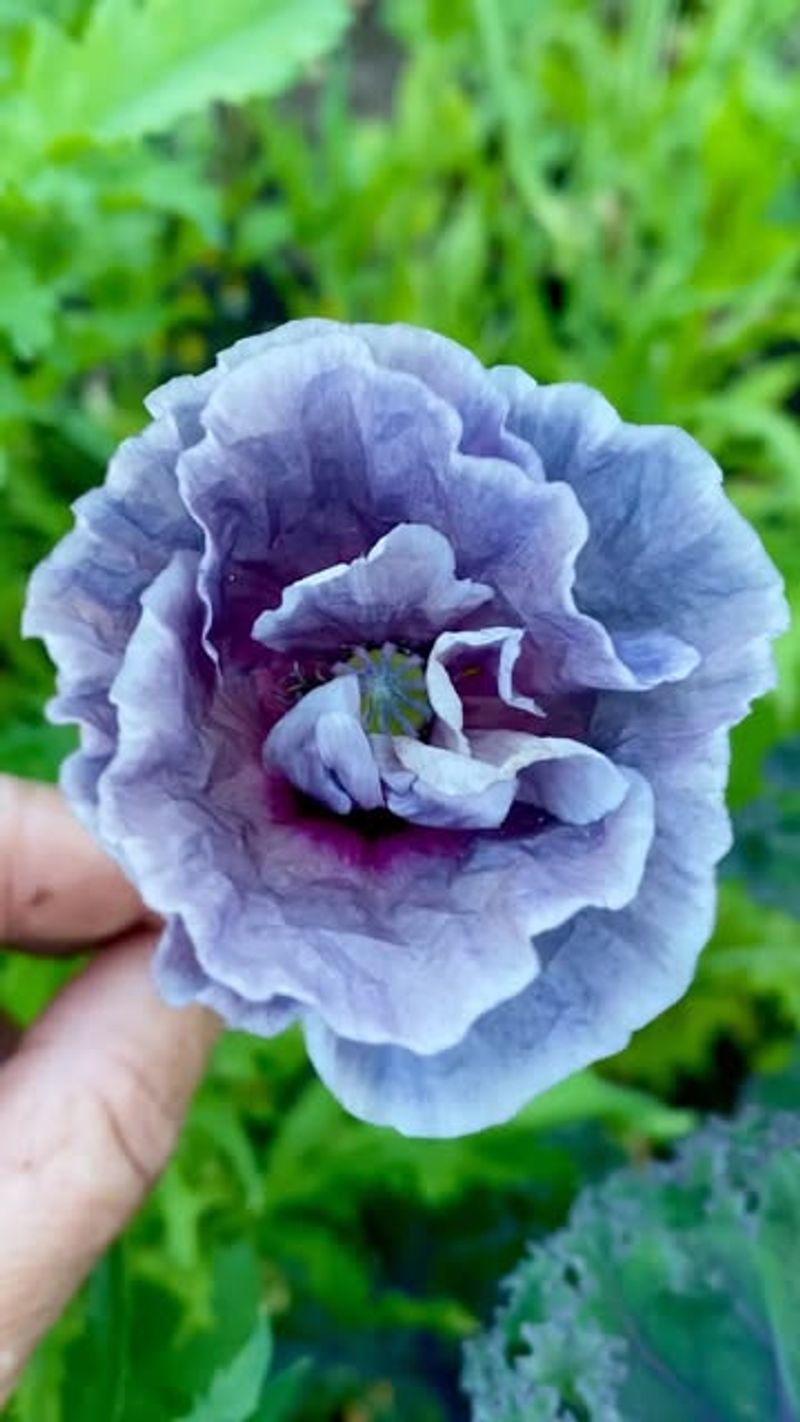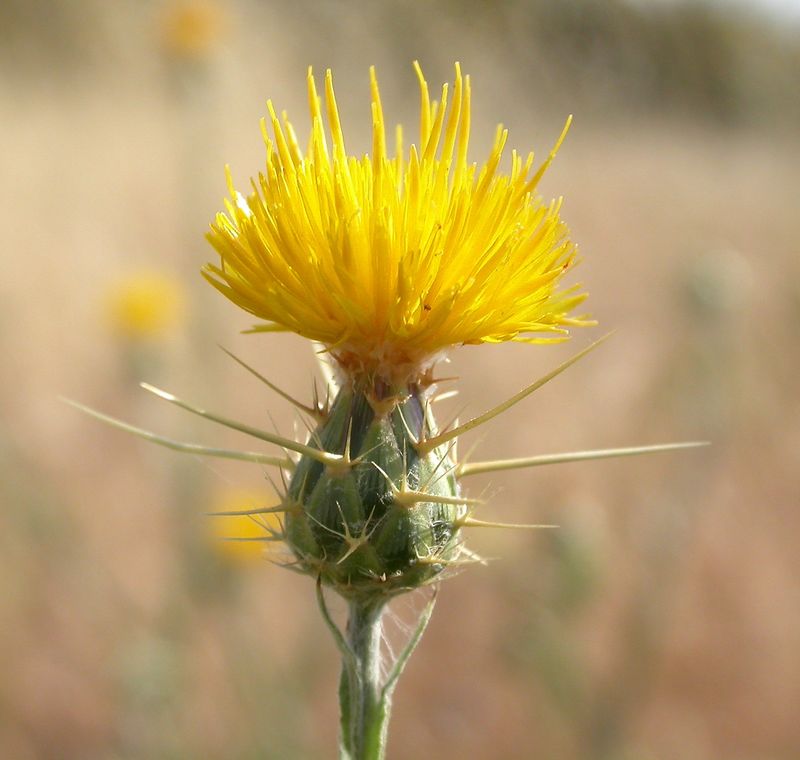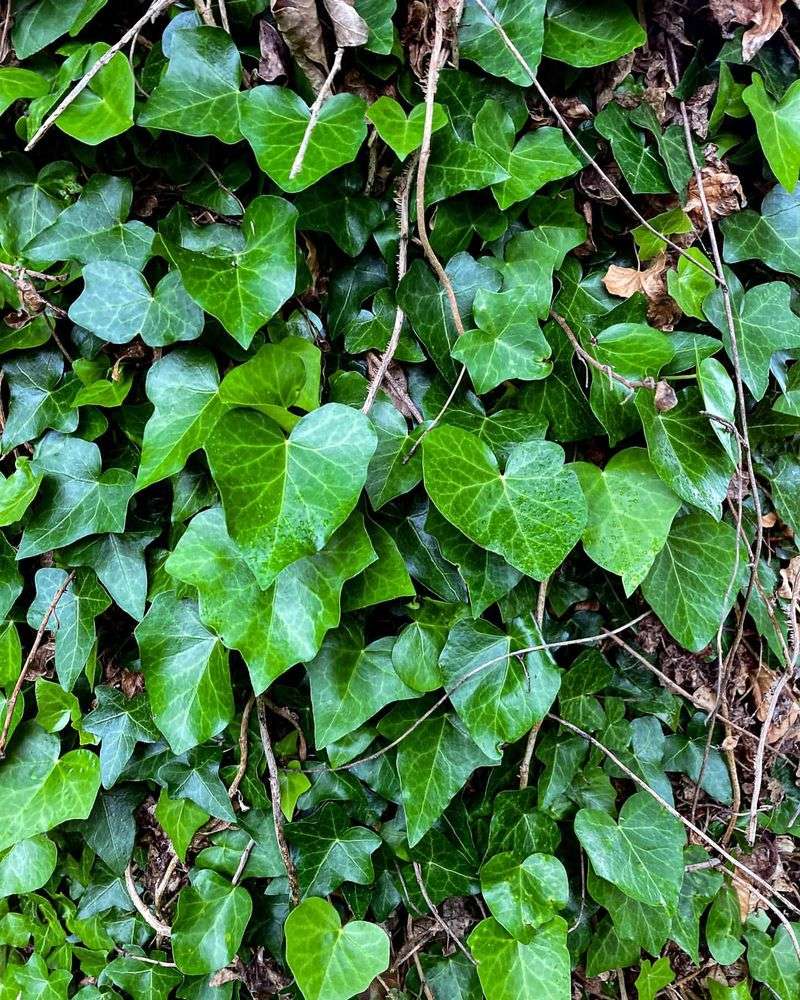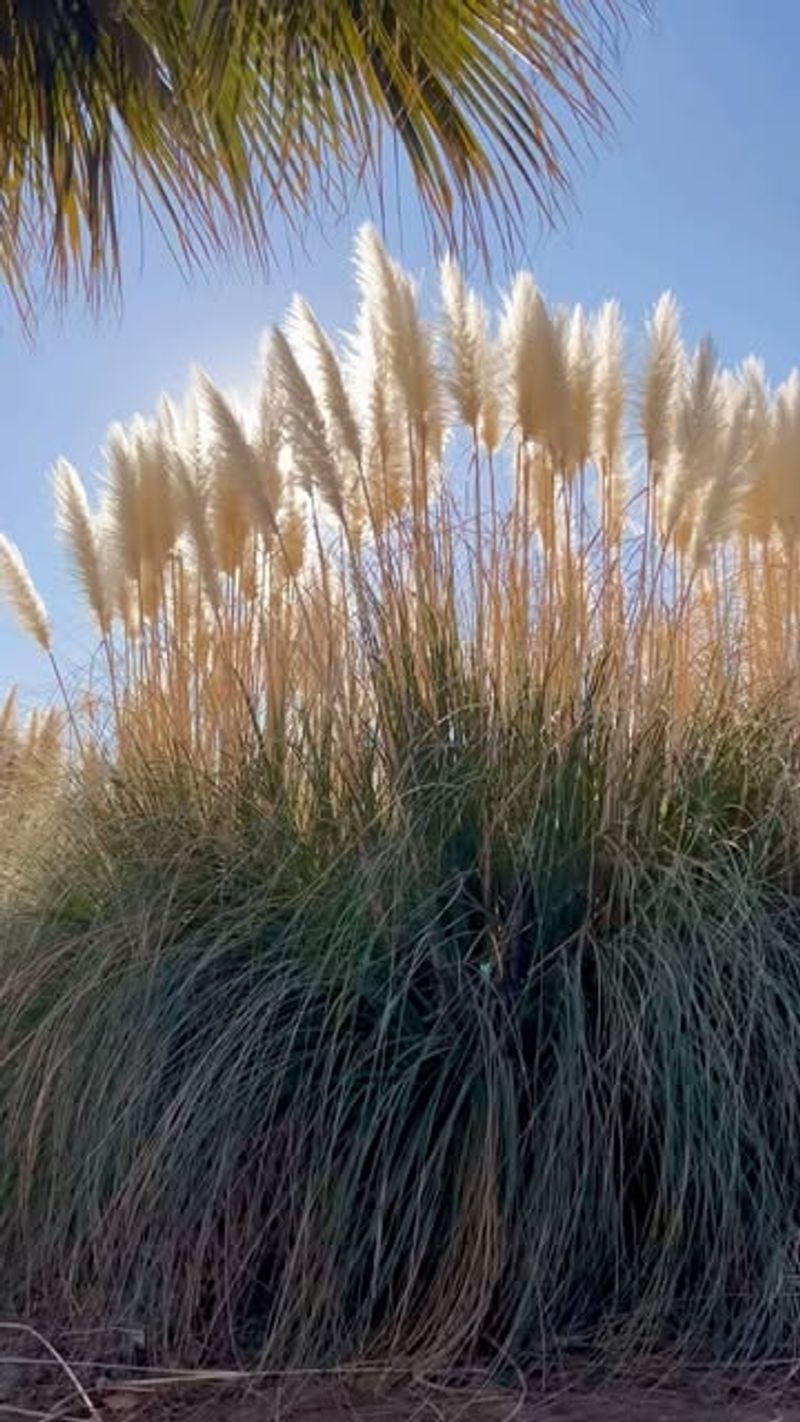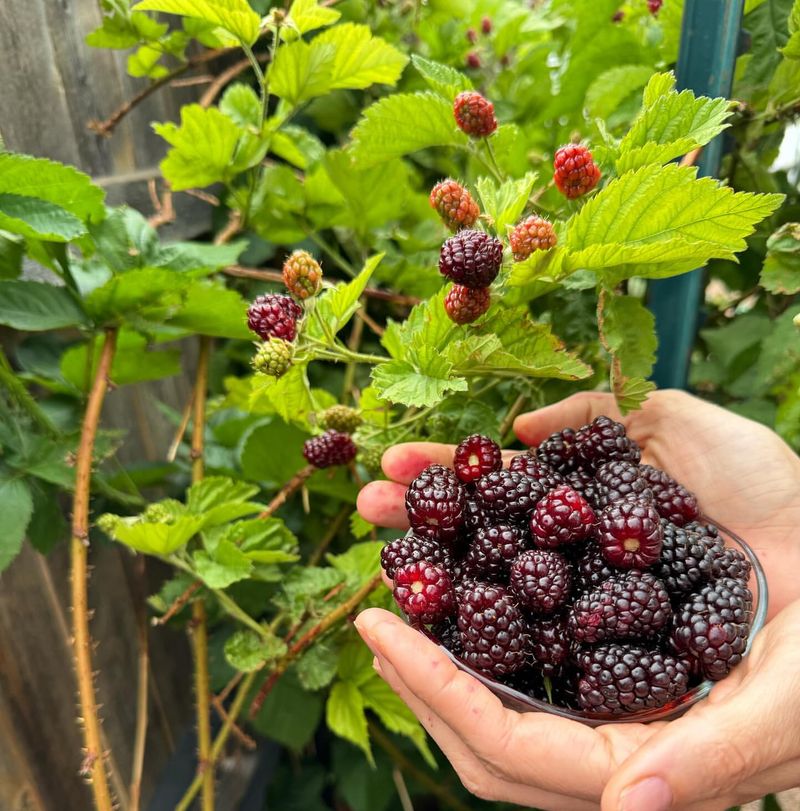Growing your own food in California sounds like a dream, but not all plants are welcome in the Golden State. Some crops that seem harmless are actually banned due to environmental threats, invasive qualities, or health concerns.
Before you start your garden, check out these surprising plants that could land you in hot water with California agriculture officials.
1. Prickly Pear Cactus (Specific Varieties)
Many gardeners don’t realize certain prickly pear varieties are prohibited in California. The Opuntia aurantiaca and some other species can quickly overtake native habitats if they escape cultivation.
Wildlife officials have spent millions battling these invasive cacti in southern counties. Even though they produce delicious fruits, their aggressive growth pattern and ability to propagate from tiny segments make them environmental menaces.
2. Scotch Broom
Yellow flowers might look cheerful in your garden, but Scotch Broom is a serious troublemaker. This seemingly innocent plant pushes out native species and creates dangerous fire conditions in California’s already vulnerable landscapes.
Once established, its seeds can remain viable in soil for decades. Many gardeners are shocked to learn this common ornamental is actually on California’s noxious weed list, making it illegal to plant or sell in many counties.
3. Certain Bamboo Varieties
Running bamboo varieties are garden escapees that can become neighborhood nightmares. Their underground rhizomes aggressively spread, damaging foundations, breaking through concrete, and invading neighboring properties.
Several California counties have banned specific bamboo types due to their invasive nature. The plant’s rapid growth—sometimes several feet in a single day—makes it particularly difficult to contain once established, leading to property damage and costly removal.
4. Purple Loosestrife
Don’t be fooled by the pretty purple flower spikes! Purple loosestrife is one of California’s most unwanted plants. A single plant can produce over two million seeds annually, quickly choking wetlands and destroying wildlife habitats.
California law prohibits its cultivation, sale, and transport. Many gardeners unknowingly plant this beauty, not realizing its devastating environmental impact or legal status. Native alternatives like California fuchsia provide similar aesthetic appeal without the ecological damage.
5. Certain Cannabis Varieties
Despite California’s relaxed marijuana laws, not all cannabis is legal to grow. Specific high-THC varieties remain prohibited for personal cultivation without proper licensing.
Home growers are limited to six plants per residence, regardless of how many adults live there. Additionally, certain heritage strains with unique genetic profiles are restricted to licensed breeders only. Breaking these regulations can result in hefty fines or even criminal charges.
6. Giant Reed (Arundo donax)
Looking like oversized bamboo, Giant Reed towers up to 30 feet tall and spreads aggressively along California waterways. Its massive water consumption—up to 2,000 liters per meter—makes it an environmental nightmare in drought-prone regions.
The plant creates dense stands that increase flood and fire risks while displacing native vegetation. California spends millions annually on eradication efforts, making backyard cultivation not just illegal but counterproductive to statewide conservation initiatives.
7. Certain Citrus Varieties
Surprised? Some citrus varieties are actually prohibited in parts of California. The state’s billion-dollar citrus industry is protected through strict regulations against non-certified trees that might carry devastating diseases like Huanglongbing.
Backyard growers must purchase citrus from approved nurseries with proper certification tags. Moving uncertified citrus plants across county lines can result in significant penalties. These regulations exist to prevent catastrophic crop losses that could devastate California’s agricultural economy.
8. Water Hyacinth
Those beautiful floating purple flowers hide a sinister secret. Water hyacinth is among the world’s most aggressive aquatic weeds, capable of doubling its population in just two weeks.
California has spent over $100 million battling this invader in the Sacramento-San Joaquin Delta alone. The plant forms thick mats that block waterways, deplete oxygen levels, and destroy fish habitats. Keeping this pretty pest in your backyard pond is strictly prohibited throughout the state.
9. Castor Bean Plant
With dramatic star-shaped leaves and spiky red seed pods, castor bean plants make striking garden specimens. However, they contain ricin—one of the world’s most potent natural poisons.
Just a few seeds can be lethal if ingested, especially to children and pets. While not entirely banned, many California communities restrict cultivation. The plant also readily self-seeds, potentially spreading to public areas where it poses significant health risks.
10. Tree-of-Heaven
Despite its heavenly name, this tree creates hellish problems. Tree-of-Heaven produces chemicals that prevent other plants from growing nearby, effectively creating plant deserts in California ecosystems.
The tree also serves as the primary host for spotted lanternfly, an emerging pest threatening California agriculture. Several counties have banned cultivation, and state regulations prohibit transport of seeds or saplings. Its rapid growth and prolific seed production make it particularly difficult to control once established.
11. Certain Poppy Varieties
California’s state flower is the golden poppy, but certain other poppy species are strictly prohibited. Papaver somniferum (opium poppy) is classified as a Schedule II controlled substance under federal law.
Growing these distinctive blue-purple flowers for ornamental purposes technically violates both state and federal regulations. Many gardeners unknowingly plant them, attracted by their delicate beauty without realizing the legal implications. Even possessing the dried seed pods can potentially lead to legal trouble.
12. Yellow Star Thistle
Those spiky yellow flowers might look innocuous, but Yellow Star Thistle has invaded over 15 million acres of California land. Its deep taproots steal water from native plants, while its sharp spines can injure livestock and wildlife.
The plant is listed as a noxious weed, making cultivation illegal. Each plant produces up to 100,000 seeds that remain viable in soil for years. Many gardeners unknowingly spread this pest through contaminated soil or by mistaking it for an ornamental variety.
13. Certain Ivy Species
English and Algerian ivy varieties might seem like classic garden choices, but they’re actually prohibited in parts of California. These aggressive climbers can strangle trees, damage buildings, and create dense ground cover that prevents forest regeneration.
Once established, removal costs can exceed $10,000 per acre. Several California counties have banned new plantings, and some require removal of existing plants. Native alternatives like California honeysuckle provide similar aesthetic benefits without the environmental damage.
14. Mexican Feathergrass
Those wispy, elegant plumes might look perfect for your drought-tolerant garden, but Mexican Feathergrass is banned in many California counties. The plant produces thousands of seeds that spread easily by wind and water.
Once established, it crowds out native grasses critical for wildlife habitat. Its sharp seeds can also injure pets and livestock by embedding in fur, eyes, and mouths. Several California nurseries have been fined for selling this deceptively pretty invasive species.
15. Certain Palm Varieties
Not all palms are welcome in the Golden State. Washingtonia and certain Phoenix palm varieties are prohibited in specific California regions due to their invasive potential and fire hazards.
Their dry, dead fronds create perfect fuel ladders during wildfire season. Several coastal communities have banned new plantings entirely. Additionally, these palms provide ideal habitat for rats and other pests, creating public health concerns in urban areas.
16. Pampas Grass
Those dramatic, fluffy plumes make Pampas Grass a tempting ornamental, but it’s actually banned throughout much of California. Each plant produces millions of wind-dispersed seeds that can travel miles.
The plant forms impenetrable thickets that increase fire risks and crowd out native species. Its sharp-edged leaves can easily cut skin. Despite restrictions, it remains a common sight in many gardens, with homeowners often unaware of its prohibited status.
17. Certain Berry Varieties
Surprisingly, some blackberry and raspberry varieties are prohibited in California. Wild Himalayan blackberry is particularly problematic, forming impenetrable thorny thickets that take over natural areas.
The berries might be delicious, but the plants outcompete native vegetation and alter wildlife habitats. California agriculture officials actively remove these plants from natural areas. Gardeners should stick to approved cultivars from licensed nurseries to avoid contributing to this invasive problem.

